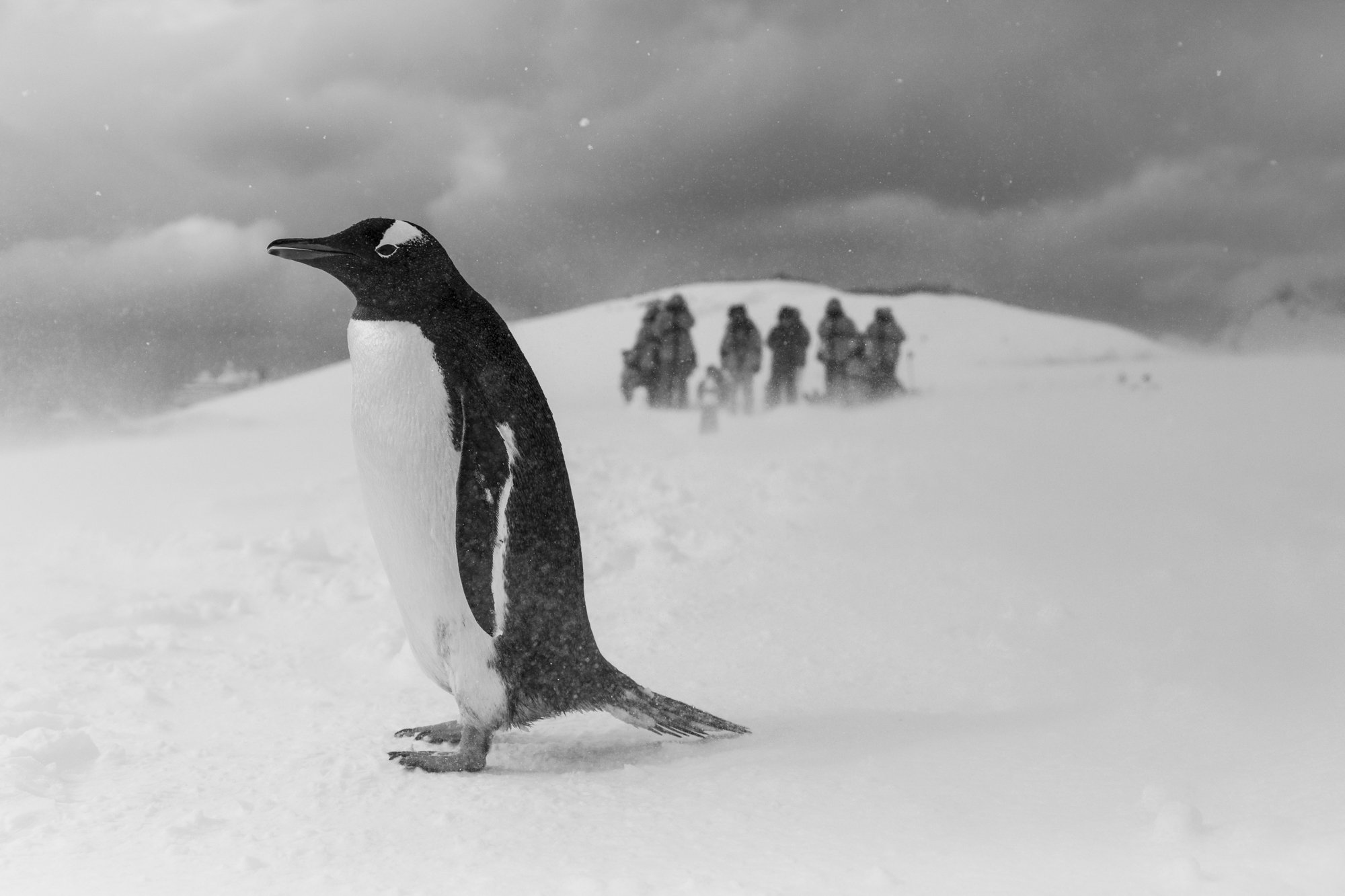
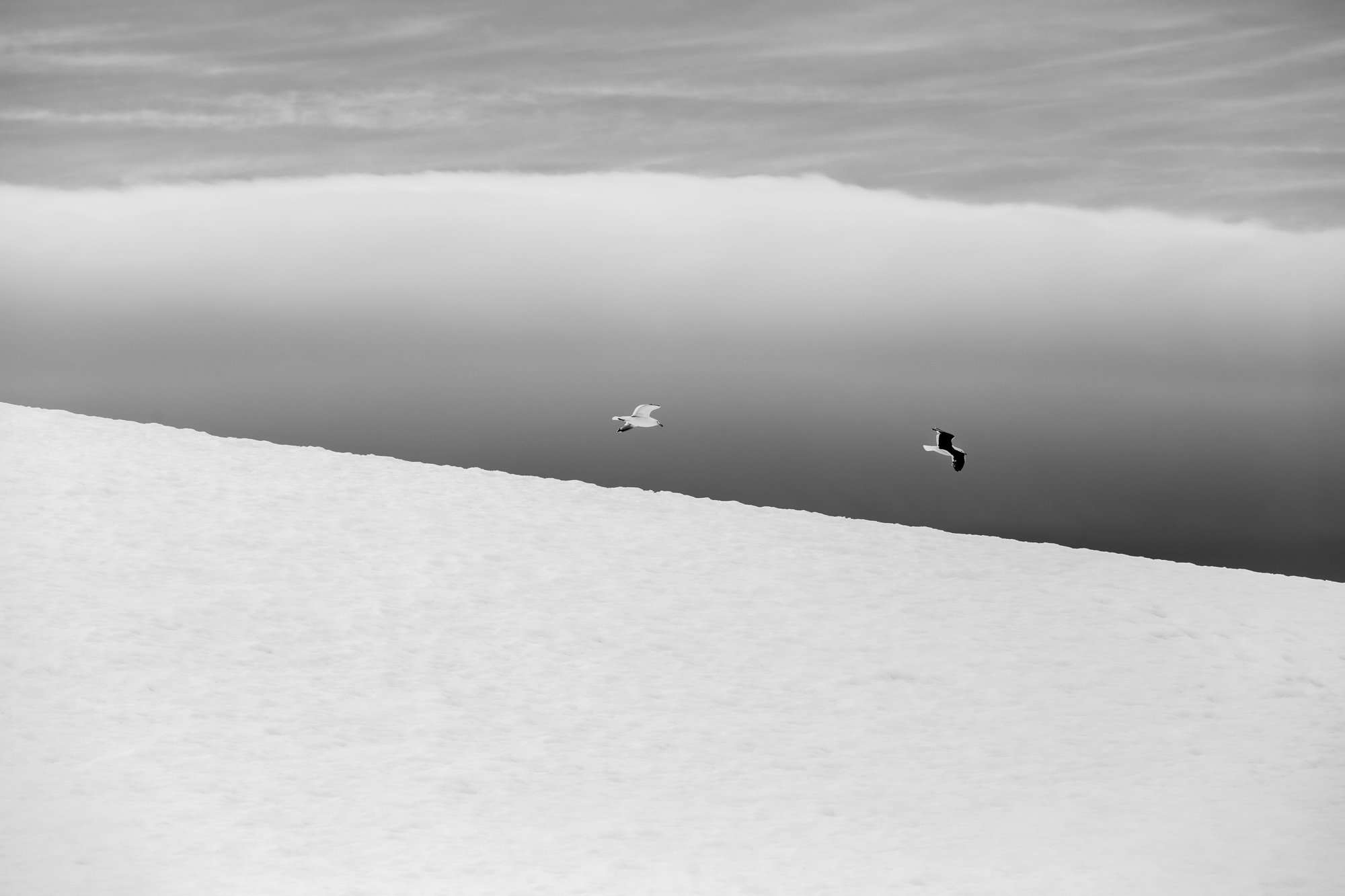
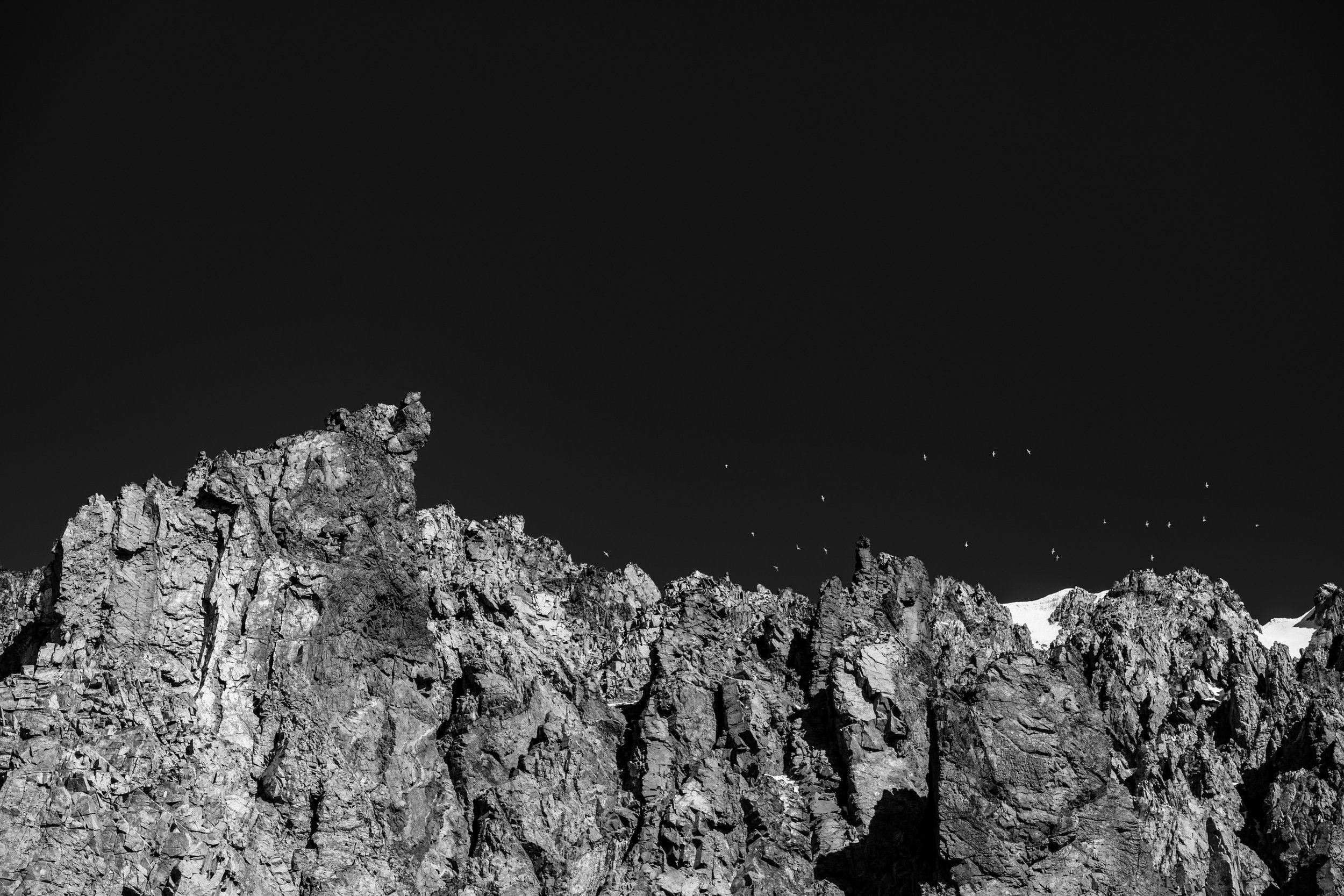
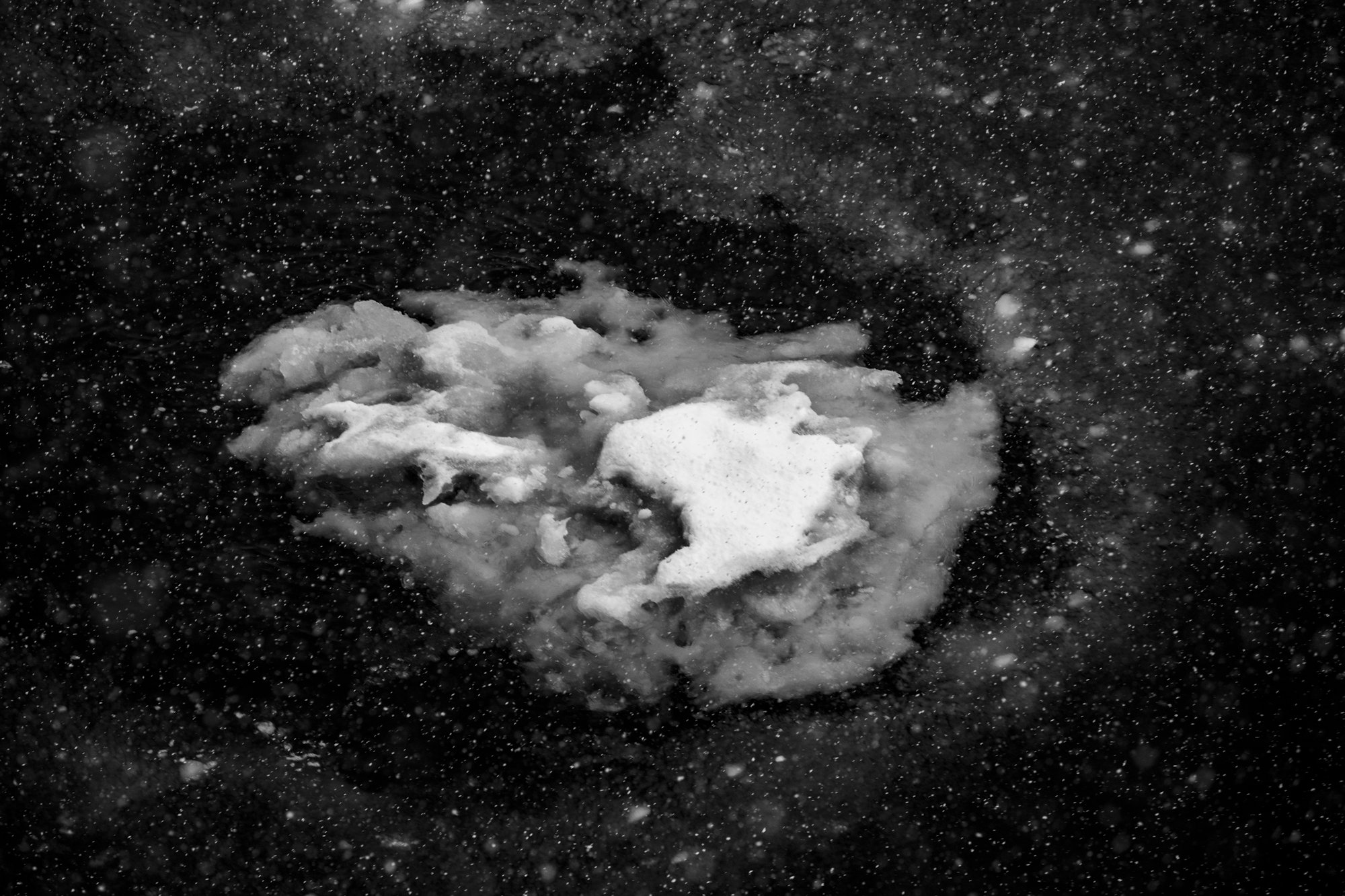
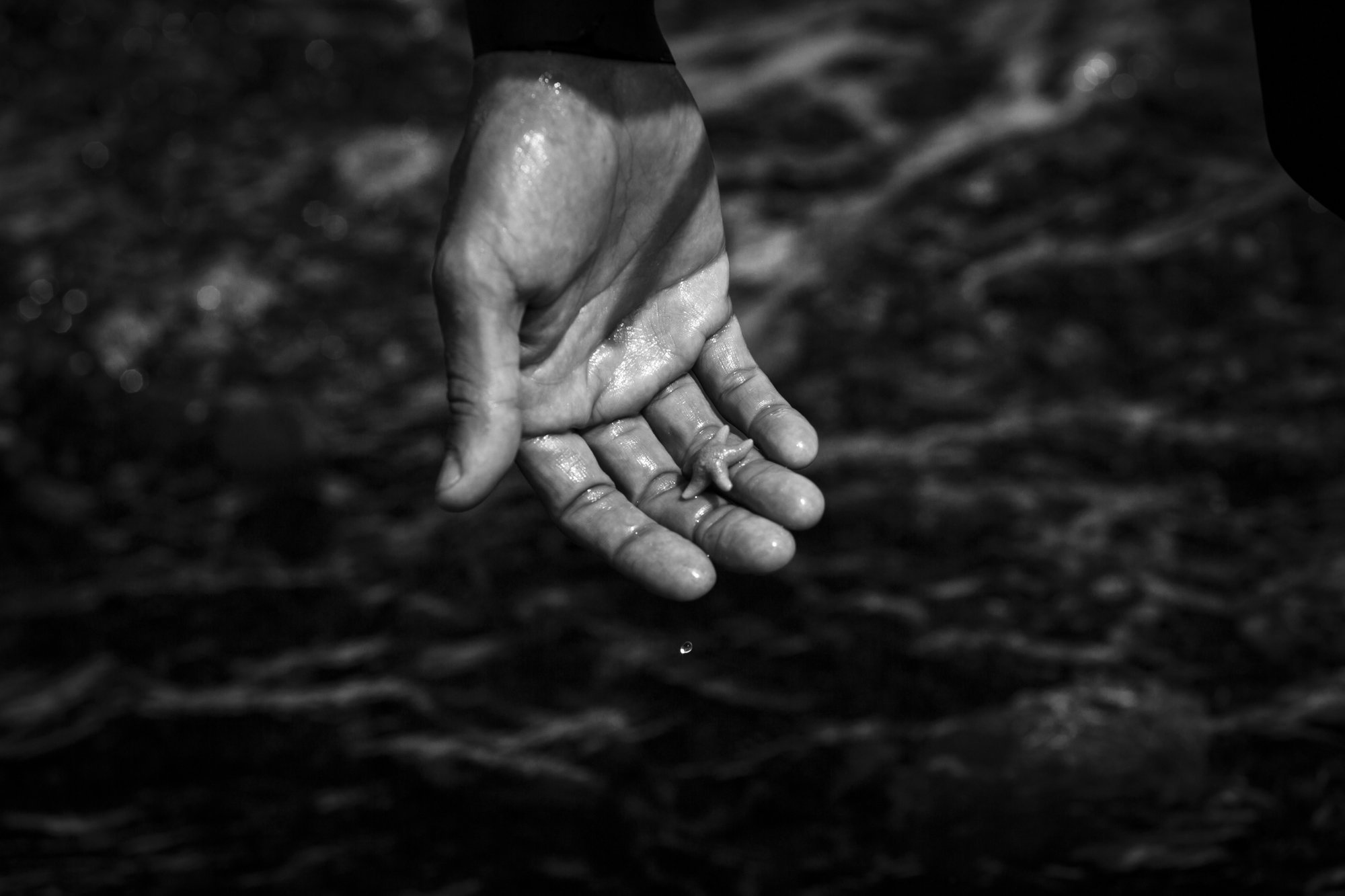
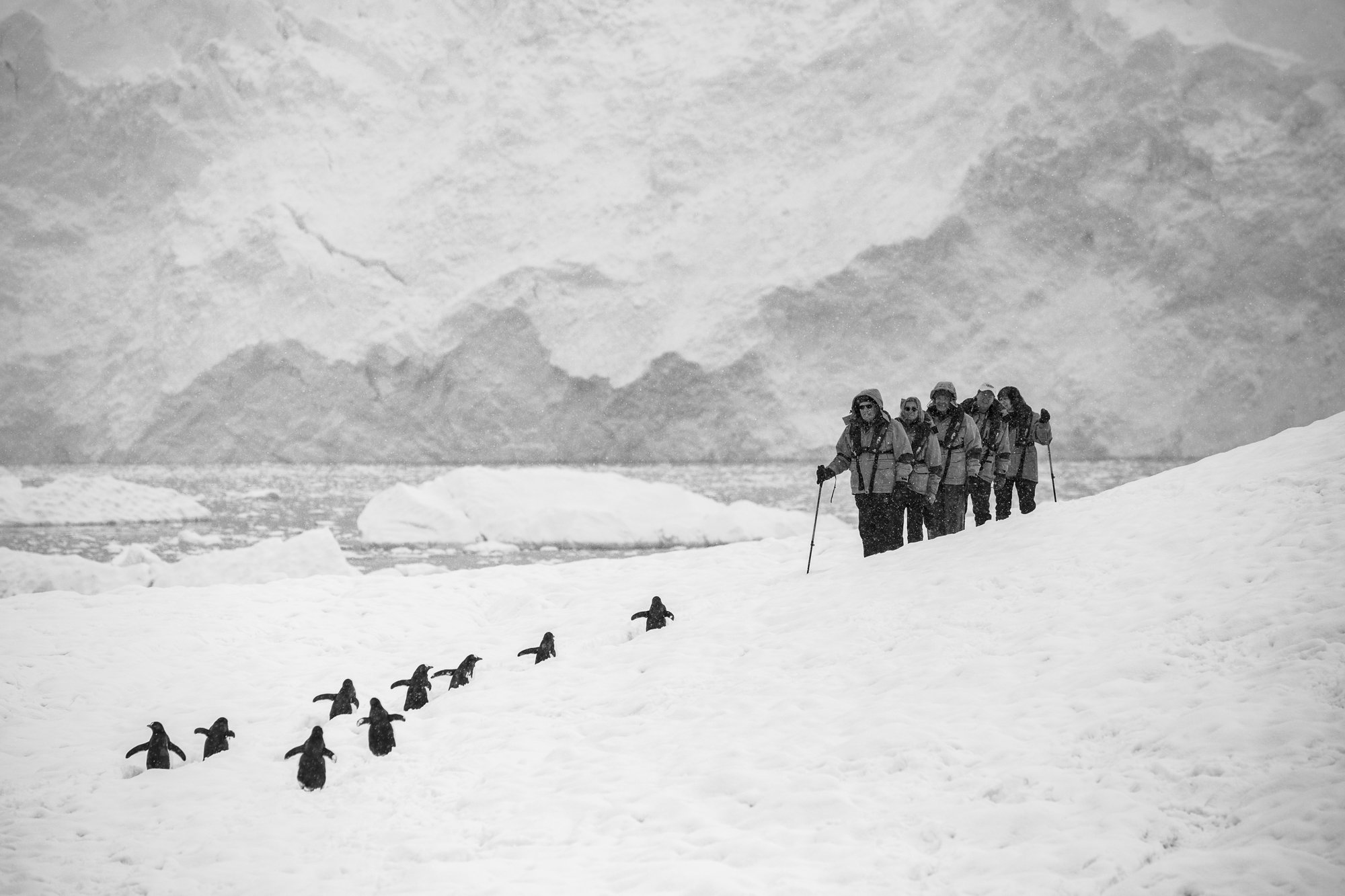
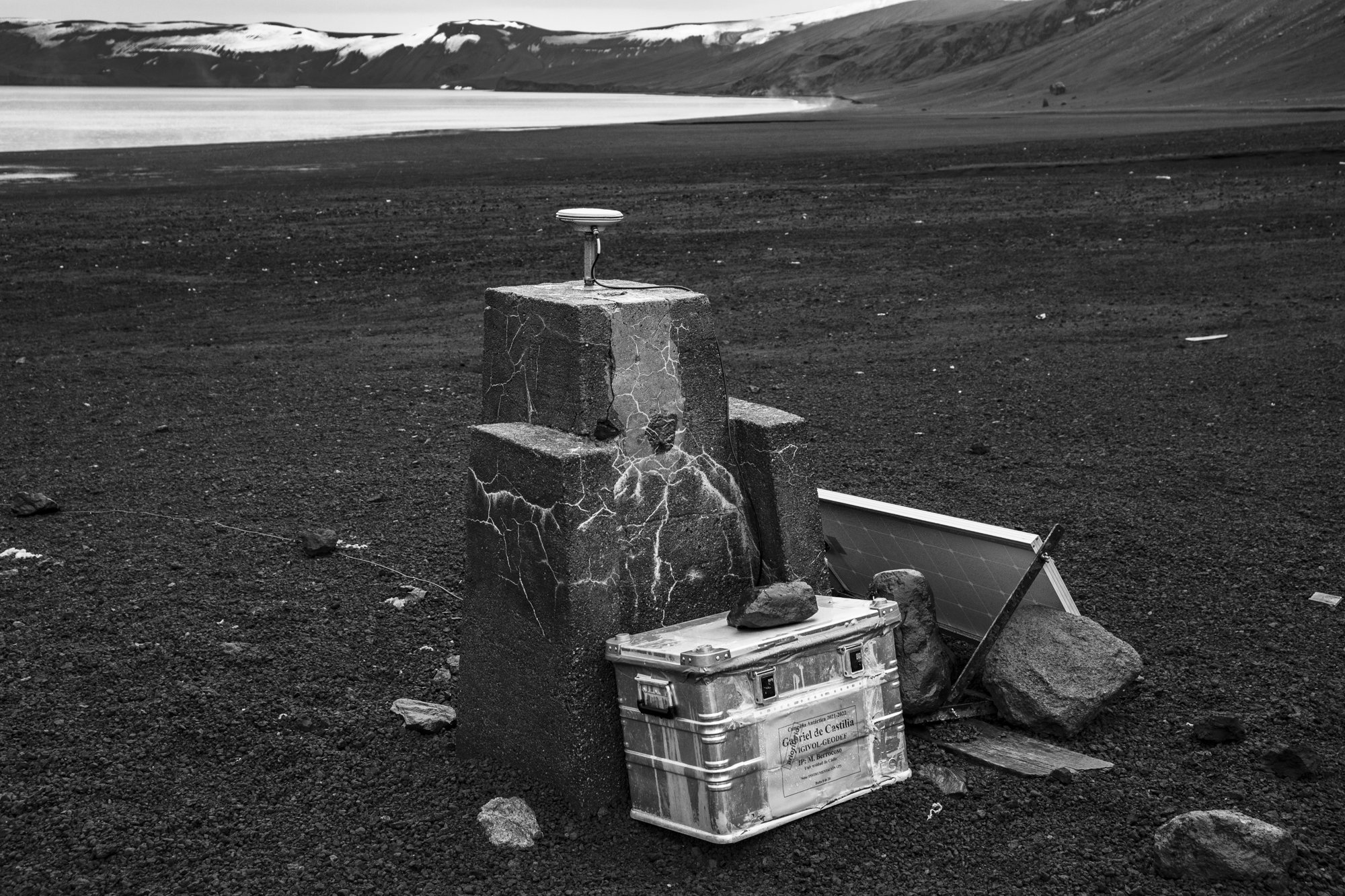
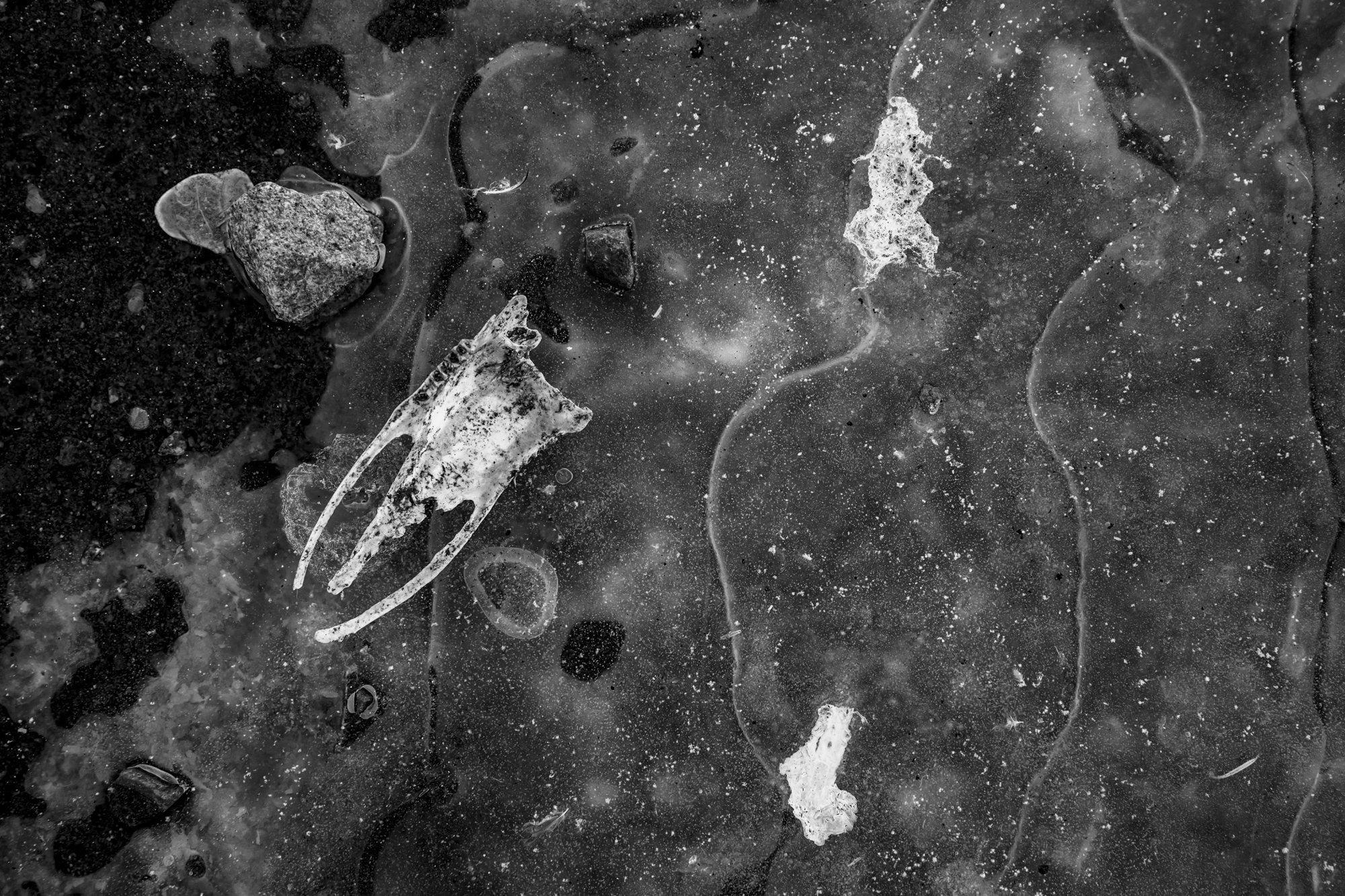
In Conversation with Pía Harboure
IMAGES BY PÍA HARBOURE
WORDS BY TAMARA BLAZQUEZ HAIK
EDITED BY CHRISTINE PICKERING
The life of a full-time photographer can be an adventurous one that includes travelling to beautiful locales, interacting with extraordinary people and engaging with different cultures. Through their lenses, photographers create lasting images that allow others to experience the world in a new way. They tell stories that hold the power to create social change or, at the very least, make us question our relationship with the world around us.
Pía Harboure is one such passionate photographer whose interesting life trajectory eventually led her to the creation of her powerful story about one of the most unique, extreme, and—sadly—endangered ecosystems of our planet: Antarctica.
Pía’s path in photography began when she got a camera as a gift for her first communion. She was only nine years old at this time, and even then she loved images and movies. Her favourite genre, still to this day, is horror, and she says that “these films prepare us for the horrors of life.” Her love of visual arts made photography the most natural path for her to follow.
As a teen, Pía took several photography workshops in her neighborhood, and she started out creating black and white images. Later on, Pía studied image and sound design with a specialty in visual arts. She then decided to deepen her study of photography, working as an event and fashion photographer. However, it was her very first job in the tourism industry that allowed Pía to leave her home country of Argentina and start dedicating herself to documentary photography, where she could question everything about life.
That is how her most recent documentary feat came about, as Pía started to ask herself questions about the transactional relationship with our world. The result of this questioning was “Time Doesn’t Seem To Freeze Here Anymore: Deconstructing The ‘Collective Mental Imaginary’ Of Antarctica Built Over The Last 200 Years", which was awarded PWB’s Storytelling Micro Grant in September of 2023.
“For the last 200 years, we have been consuming photographs and texts about Antarctica that evoke ideas of wilderness, remoteness, peacefulness, and the primitive, along with concepts of sovereignty, adventure, and human accomplishments.”
“Time Doesn’t Seem To Freeze Here Anymore” began back in November of 2021, when Pía started working in the Antarctica Peninsula on board touristic ships as both a guide and a photography instructor. “I began to question myself about the fascination that this unique continent awakens in all of us. For the last 200 years, we have been consuming photographs and texts about Antarctica that evoke ideas of wilderness, remoteness, peacefulness, and the primitive, along with concepts of sovereignty, adventure, and human accomplishments. I’ve thought about all this and about the footprints left by COVID-19 while welcoming a rise in Antarctic tourism”.
The tourism industry is known for being one of the most damaging to natural ecosystems, where even the remote continent of Antarctica has not been saved from these ventures that seek to continue colonizing the most pristine and remote corners of our planet. Many photographers dream of venturing into such peculiar lands, and some get the opportunity to do so; yet rarely do they ask themselves if this venturing could cause irreparable harm to the places they supposedly wish to protect.
“I want to create a terrain where everything is possible, with tints of tension and mystery as, for me, Antarctica possesses this outright character of such mysterious timelessness and tension.”
That’s why finding work like that of Pía’s, a conscious photographer who—despite her years working in the tourism industry—still stops and asks herself questions about how we relate to the world. She seeks to use her imagery to raise awareness about this and to make us question our practices and relationships to the land.
“Time Doesn’t Seem To Freeze Here Anymore” is a photographic essay that ushers in a conversation about the complexity of our planet and the part we, as humans, play in it when interacting with nature. As such, all the photographs were made in black and white in order to give the project a sense of timelessness, guiding the conversation around this essay backwards into the past while at the same time towards the future. As Pía mentions, “In my practice I have developed a way of ‘feeling’ in black and white. I intuitively notice the contrasts, the light, and the reflections. I notice the forms and I start to converse with my art from there. I want to create a terrain where everything is possible, with tints of tension and mystery as, for me, Antarctica possesses this outright character of such mysterious timelessness and tension.”
“...such an extreme territory always poses a threat and a challenge. You cannot move around as you please, it’s a territory where mystery and the unknown is leitmotif”
Pía has created a photographic archive where the photos “speak” to one another. From her many travels, working in tourism, and also engaging in scientific research and educational activities, her archive is always growing. She remains always open to creating new images that speak about the past, present, and future of this continent. Certain images, like those of fossils, represent the past; while others, which showcase the modern technology that humankind has brought to the land, speak both about the present and the uncertain future surrounding this peculiar landscape, its wildlife and the visitors who are now a worrisome constant.
“One of my favorite photos is the one where I documented the cameras and technology overlooking the natural environment. It’s a technology that is being watched by my own technology, my camera. Eyes looking at each other that I feel speak about both a responsibility as well as the human control that is cutting through nature”.
For Pía, Antarctica is the place where she feels most comfortable while at the same time the most uncomfortable. “It’s not an easy place to be, nor is it predictable”, she says, “We depend on the weather, and such an extreme territory always poses a threat and a challenge. You cannot move around as you please, it’s a territory where mystery and the unknown is leitmotif”.
Climate change and human action have no doubt altered many—if not all—of our planet’s natural ecosystems, leading many species and places towards extinction. However, Pía’s goal is not specifically to fight this; instead, her main goal is to motivate her audience to ask questions that can lead us to finding a positive and safe harbour in regards to our relationship with nature.
To learn more about Pía’s work and her award-winning project, “Time doesn't seem to freeze here anymore: Deconstructing the ‘collective mental imaginary’ of Antarctica built over the last 200 years,” visit her website.











